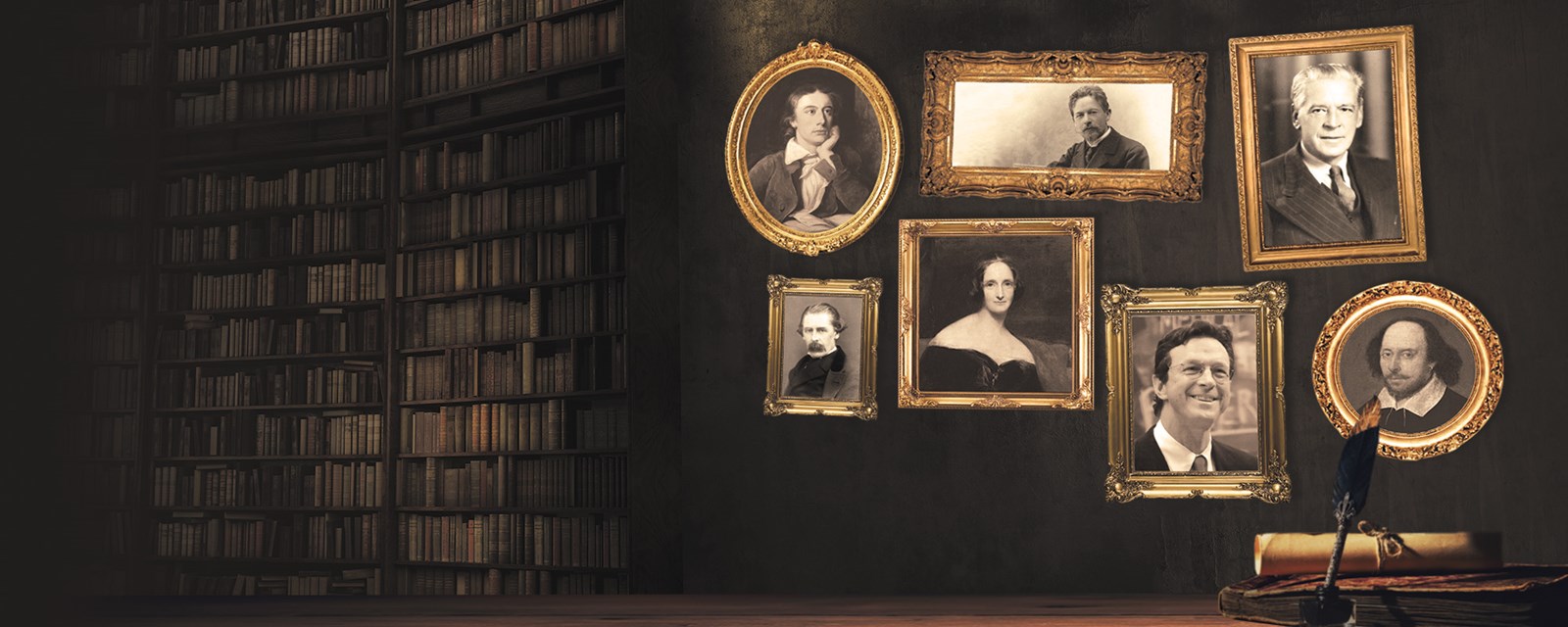
From Shakespeare to Shelley: How medicine influenced literature
This new exhibition on display at the RSM library, explores medical themes in literature, looking at those who've left the world of medicine behind to become some of our best-loved wordsmiths. Here is a taste of what you can expect to see at the exhibition.
Authors in medicine
Explore the works of Sir Henry Thompson (1820-1904) whose reputation led to his appointment as surgeon to Queen Victoria and to his treatment of King Leopold I of Belgium in 1863. Sir Henry’s literary works include Charley Kingston's Aunt: A Study of Medical Life and Experience, and All But: A Chronicle of Laxenford Life, published in 1885 and 1886 respectively - both of which he wrote under the pseudonym, Pen Oliver.
The exhibition will also feature Anton Chekhov (1860-1904) who, alongside practising medicine, wrote over 500 short stories and several plays including Uncle Vanya, The Cherry Orchard and Three Sisters.
Critically acclaimed author and film maker Michael Crichton is also featured. Crichton studied medicine in the 1960s, believing he could not sustain a career in writing, but went on to create one of the most successful film franchises of all time, Jurassic Park. Crichton also combined his medical and editorial skills to write the long-standing TV medical drama ER.
Why do we read plague stories?
The bubonic plague influenced an increasingly morbid and pessimistic European culture, with the representation of death and dark themes evident in art and literature.
The exhibition will delve into plague literature and explore our fascination with this form of writing.
The influence of medicine on literature
William Shakespeare had a plethora of medical knowledge. Throughout Shakespeare’s writing there are references to over 160 medicinal plants and herbs as well as accurate medical terms, and this was by no means the limit of his knowledge on the subject.
Mary Shelley, too, had a strong understanding of scientific knowledge, which she used to create Frankenstein’s Monster, one of the most iconic science-fiction characters of all time.
You can find out more about these authors and many others at the Medicine in Literature exhibition, which opened earlier this month, by visiting the RSM library.
The exhibition is free to attend, and open to members and the public, who should check in at reception when attending.
